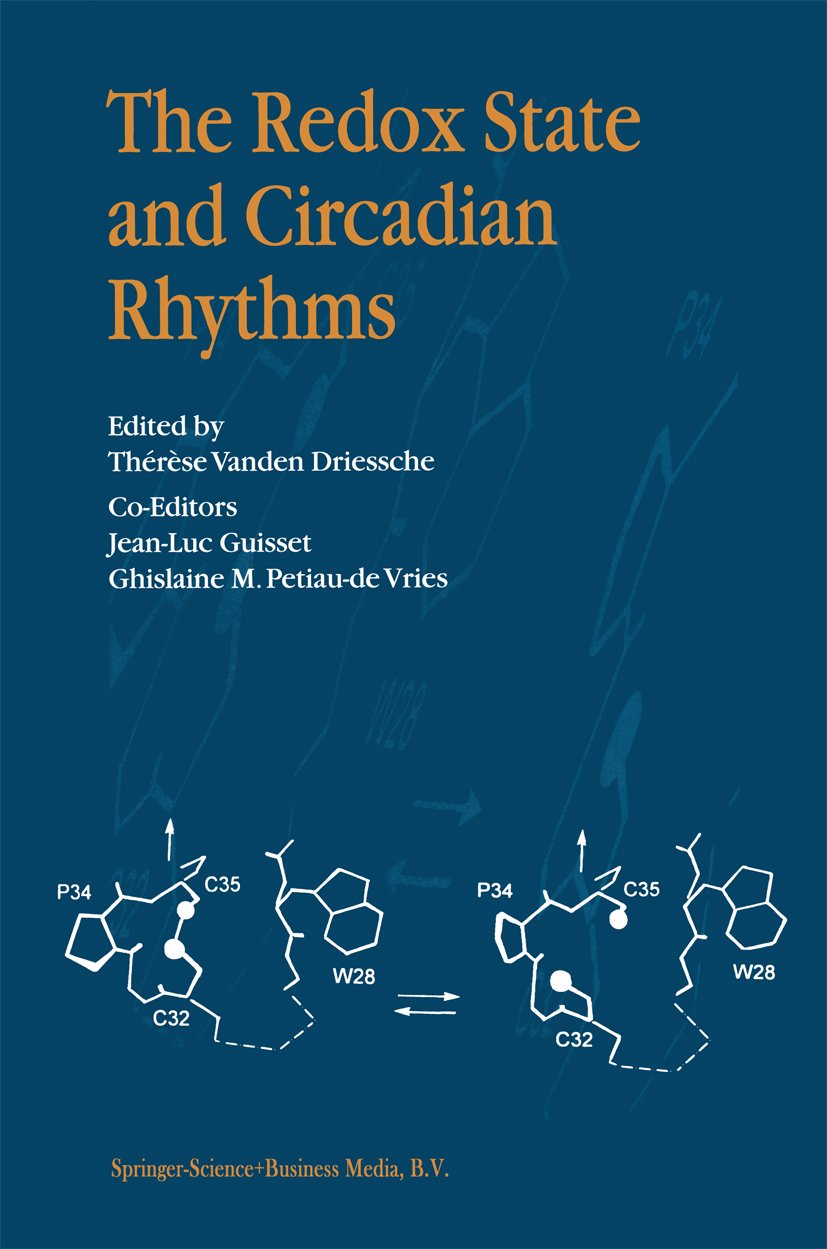The Redox State and Circadian Rhythms
by Th Vanden Driessche
2020-05-30 11:16:27
The Redox State and Circadian Rhythms
by Th Vanden Driessche
2020-05-30 11:16:27
Although the term redox covers an important number of chemical reactions, biochemists are more familiar with reactions involving the reactions mediated by electron transfer chains associated with respiration, the thiol-disulfide exchanges and the rea...
Read more
Although the term redox covers an important number of chemical reactions, biochemists are more familiar with reactions involving the reactions mediated by electron transfer chains associated with respiration, the thiol-disulfide exchanges and the reactions occurring in the presence of free radicals. More recently, the importance of these reactions in the living world and in medicine has been recognized by biochemists, biologists, physiologists, physicians, etc. The importance of the subject in both fundamental and is reflected by the abundance of interesting reviews applied science concerning the subject (Cadenas, 1989, Del Maestro, 1991) and books (Dreosti, 1991; Rice-Evans and Burdon, 1994; Armstrong, 1994) The aim of this chapter is to describe basic reactions known with references to reviews covering special subjects related to redox reactions. Transformation of energy in living organisms is mediated by complex biological systems such as electron transfer chains where the succession of redox reactions provides energy to the organisms. Molecular oxygen or dioxygen is an essential molecule and is the terminal acceptor of electrons during respiration in eukaryotes. In these organisms, the electron transfer chain is located in the mitochondrial membranes and produces adenosine triphosphate (ATP). In anaerobes, the electron acceptor is C0 , S, sulphate or nitrate ions 2 instead of 02.
Less































